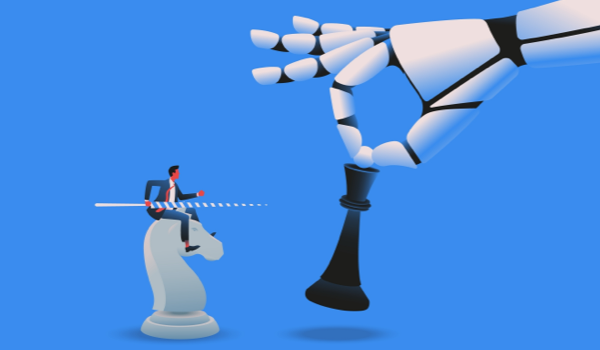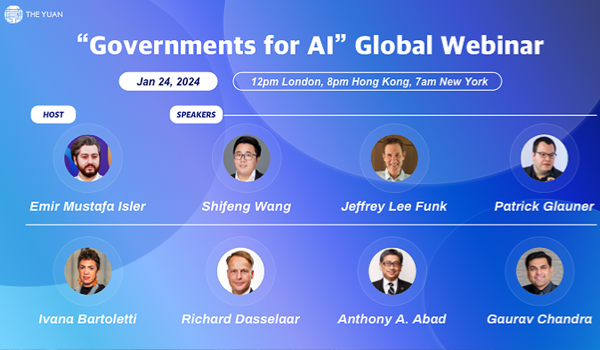


BERGEN, NORWAY - My background is that of a superforecaster, where I have excelled in estimating the probabilities of various future events, from geopolitical shifts to disease outbreaks. As I delved further into this field, the more I became concerned about our long-term future, particularly the potentially catastrophic impacts of advanced AI systems. Now, I find myself immersed in a critical dialogue on AI safety and governance, a discourse that could shape the future of our planet.
An important observation is that ensuring AI is safe and benefits everyone is as much a geopolitical problem as it is a technical one. To avert a reckless race in AI development, where safety best-practices are thrown by the wayside, effective regulations that can command wide international support need to be developed. It is essential for nations to come together on this shared interest, just as the Non-Proliferation Treaty once united opposing superpowers.
Earlier this year, motivated by my concern over the dangers of the unchecked advancement of AI systems, and in despair over the lack of serious governance proposals to manage these risks, I authored a first attempt at a concrete treaty blueprint focused on mitigating these risks, known as the Treaty on Artificial Intelligence Safety and Cooperation. Although an imperfect draft, this was received positively by many in the AI governance field.
With this blueprint, I turned to consider how the policy discourse could be shifted toward concrete and effective measures aimed at reducing AI risks. Observing the success of the Future of Life Institute’s open letter calling for a pause on giant AI experiments in widening the debate, I built a small team, including my fellow forecaster Eli Lifland, and we penned a new open letter.
The content herein is subject to copyright by The Yuan. All rights reserved. The content of the services is owned or licensed to The Yuan. Such content from The Yuan may be shared and reprinted but must clearly identify The Yuan as its original source. Content from a third-party copyright holder identified in the copyright notice contained in such third party’s content appearing in The Yuan must likewise be clearly labeled as such. Continue with Linkedin
Continue with Linkedin
 Continue with Google
Continue with Google









 1206 views
1206 views








